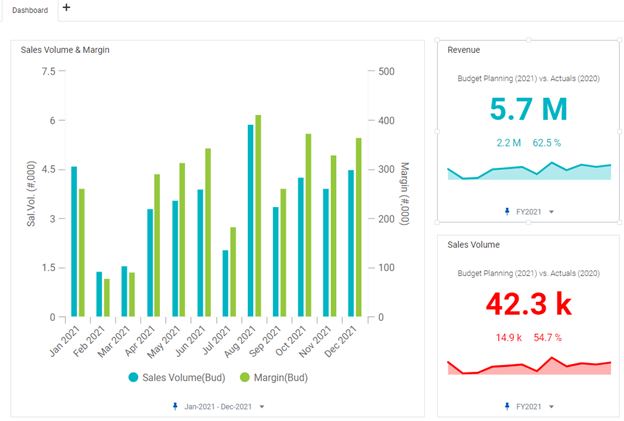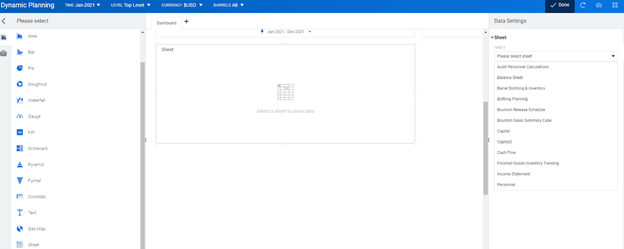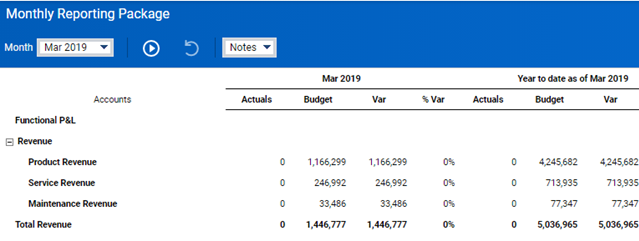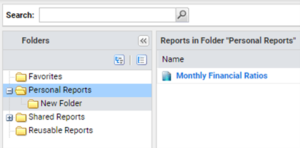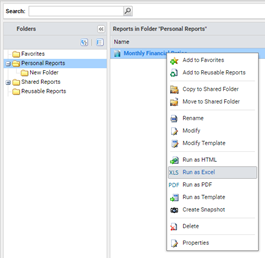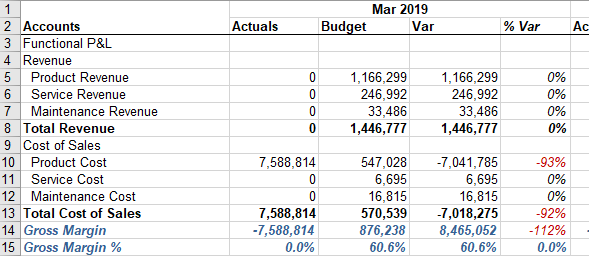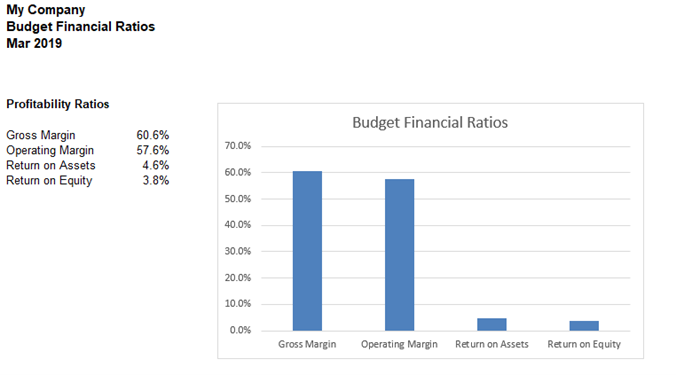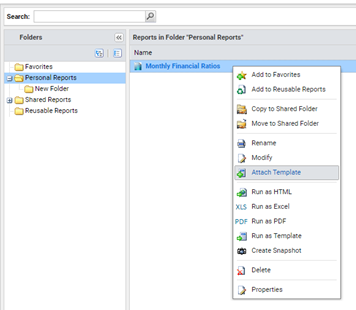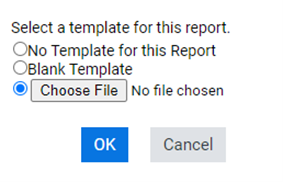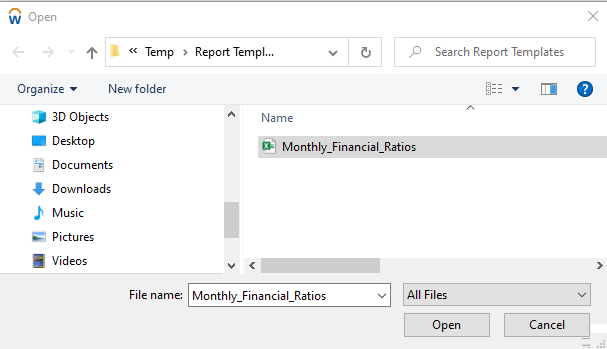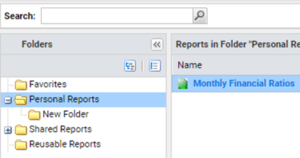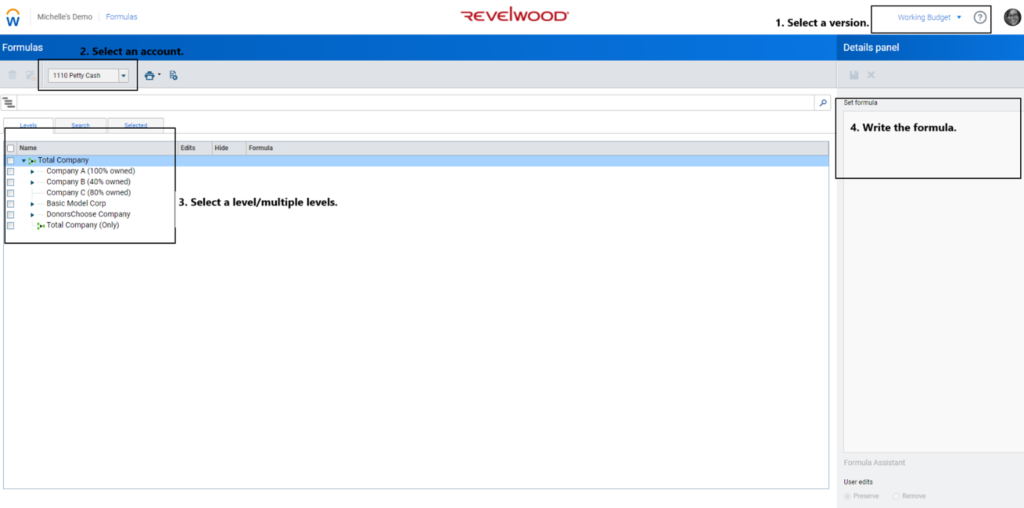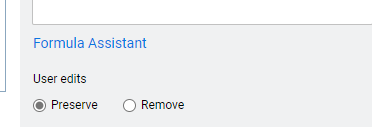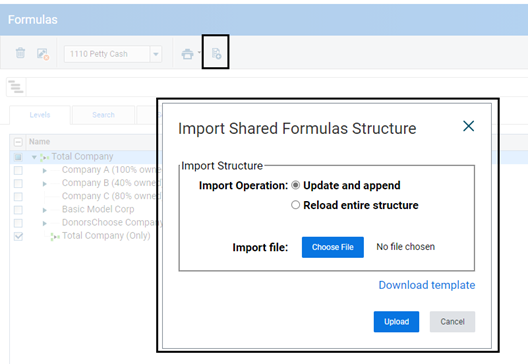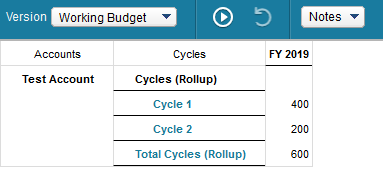If you open any sheets via the Sheet tab in Workday Adaptive Planning, you can only save one view per sheet per version per user. Prior to the 2020 R2 Release, the only workaround to save the same sheet with multiple views is using EIP, Excel Interface for Planning, and open the sheet in multiple tabs or workbooks.
With the 2020 R2 Release, you now can save multiple views for the same sheet in the same tab per version in Dashboard. This function is extremely helpful to users that manage multiple departments, or anyone who wants to view the same data with different views in one tab.
In the example below, I opened the Product Revenue sheet twice in the same dashboard. The top sheet is showing the Gross Revenue account in the Product Revenue sheet for Customer 1 by Product values. The bottom sheet is showing the same Product Revenue sheet but by Accounts.
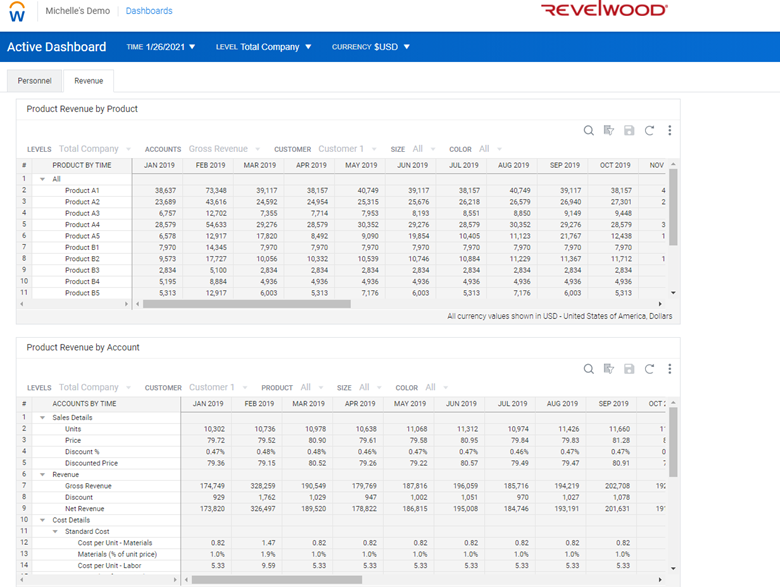
Once the Display Option is applied to the sheet in Dashboard, it is automatically saved for the selected version and there is no need to click the Save icon. If the dashboard is a shared dashboard, the latest published changes will become the new view of the sheets in that dashboard.
Here is another example. The top one has a filter to show New York employees and the second one has a filter to show just the employees in Canada.
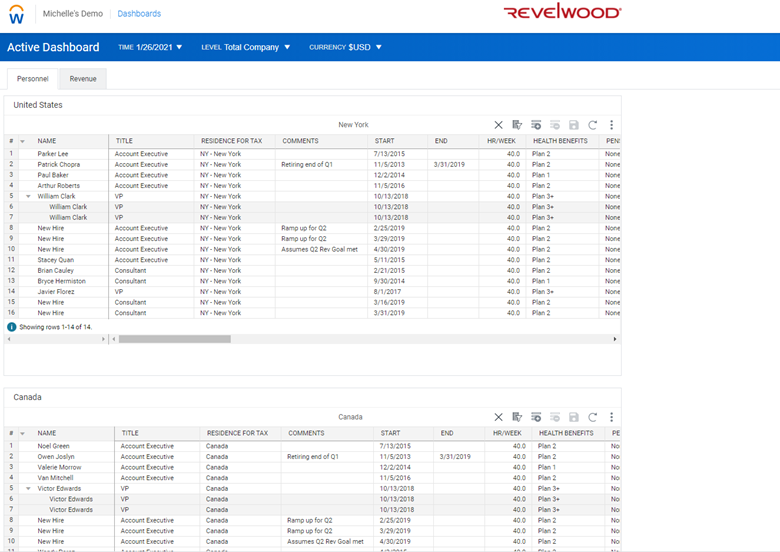
Visit Revelwood’s Knowledge Center for our Workday Adaptive Planning Tips & Tricks or sign up here to get our Workday Adaptive Planning Tips & Tricks delivered directly to your inbox. Not sure where to start? Our team here at Revelwood can help! Contact us info@revelwood.com for more information.
Read more Workday Adaptive Planning Tips & Tricks:
Workday Adaptive Planning Tips & Tricks: Excel Substitute
Workday Adaptive Planning Tips & Tricks: Override Formulas in Sheets
Workday Adaptive Planning Tips & Tricks: Trigger for a Cube Calculated Account



